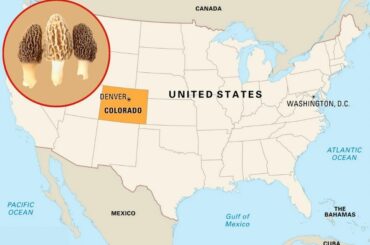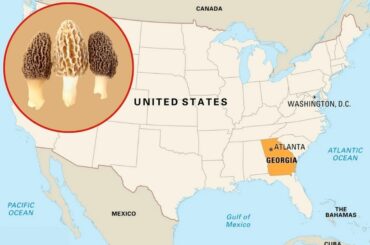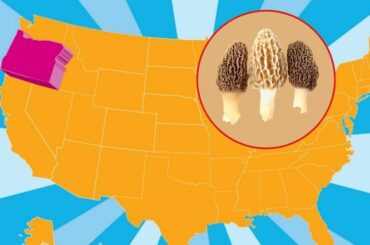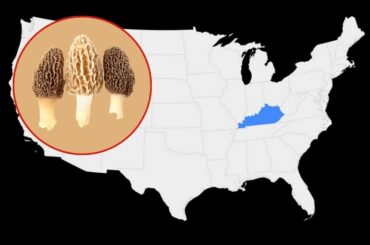A mushroom is a fungus that grows above ground or on its food supply and has a fleshy, spore-bearing part. The common mushroom contains a stem, a cap, and gills on the underside that contain spores that aid in the spread of the fungus. Although many like to go foraging for mushrooms, there is some doubt on what month mushrooms grow the most.
You will find your answer below, and I have included much more information for your reference. I read many research articles before preparing this article, and I hope this helps you with your curiosity.
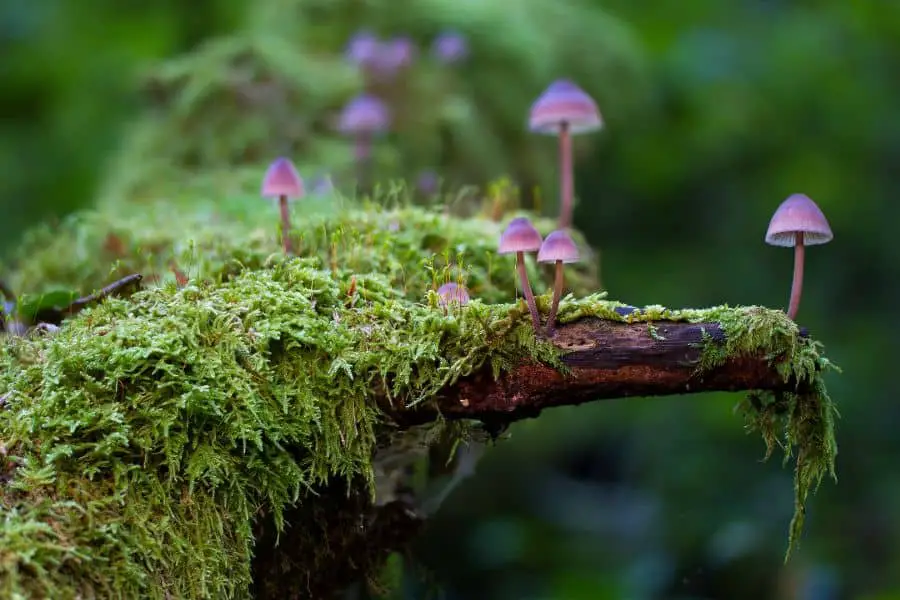
What month do mushrooms grow the most?
Contents
- 1 What month do mushrooms grow the most?
- 2 Mushroom seasons
- 3 What triggers mushrooms to grow?
- 4 Where do mushroom grow the most?
- 5 What time of day is best to hunt mushrooms?
- 6 What is the growing season for the Milky mushroom?
- 7 Can mushroom be grown in winter?
- 8 Can mushroom be grown in summer?
- 9 How many days mushroom will grow?
- 10 Can a Mushroom Grow in 24 Hours?
- 11 Which month is best for mushroom cultivation?
The location of the woods, the weather, and the forager’s expertise all influence the ideal times to find mushrooms in the wild. The Mushroom Huntress claims that although some mushrooms can grow in the winter, the majority grow in the spring, summer, and fall.
Mushroom seasons
It used to be customary to go mushroom hunting in September and October while the sun was still high in the sky. Nonetheless, the recent trend toward warm, dry autumns and mild early winters is altering the calendar. November is currently known as the month of the mushroom.
In a moderate winter, mushrooms can still be found in January and February, and some mushroom seasons can last all year, perhaps with the probable exception of March. Rain is almost solely to blame for this peculiar behavior. You will probably find mushrooms if it rains, but if it is autumn rain, you will find a lot more of them.
| Mushroom | Season Starts | Season Ends |
| St George’s mushroom | April | May |
| Morels | April | May |
| Fairy Ring Champignons | April | August |
| Chicken of the Woods | July | August |
| Beef Steak Fungus | August | October |
| Charcoal Burner | August | November |
| Hedgehog Fungus | August | November |
| Hen of the Woods | July | October |
| Honey Fungus | August | November |
| Puffballs | July | August |
| Oyster Mushrooms | All year | All year |
| Wood Ears | All year | All year |
| Red Staining Inocybe | April | November |
| Sulphur Tufts | All year | All year |
| Verdigris Agaric | April | November |
What triggers mushrooms to grow?
Mushroom growth requires the perfect environmental conditions. Mushrooms thrive in damp, humid environments where fruiting structures can grow. Fungi can reach new areas thanks to wind-borne spores. When the spores land in an appropriate place, they grow into new fungi, which, given enough time, will produce mushrooms.
Mushrooms will naturally vanish once the weather gets drier. Remember that even if these fruiting bodies are no longer present, the fungus’ soil-growing mycelia are still active. As long as there are plenty of organic materials for it to feed on, the fungus will grow and endure.
Mushrooms will reappear when the ideal conditions for growth are present, which may not be for another year. Mushrooms can be removed manually or with a lawnmower if you don’t want to wait for them to disappear on their own.
Removing the mushrooms reduces the amount of spores released into the environment and the number of new mushrooms in various areas of the lawn and garden, even though it has no effect on the fungus in the soil.
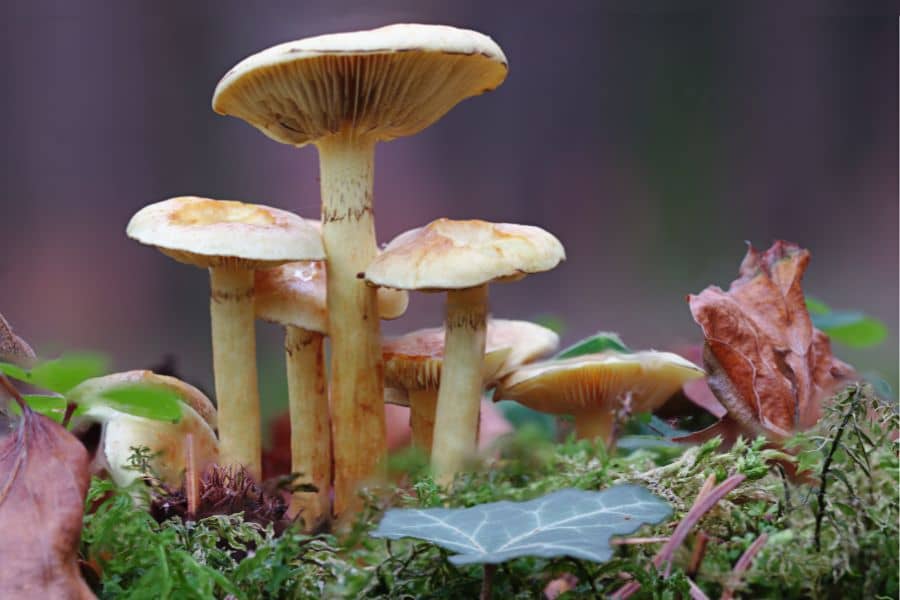
Where do mushroom grow the most?
Different types of mushrooms can be found growing in the wild on various surfaces. Some mushrooms may be growing on trees, while others may be growing on decaying leaves as you walk through the forest. Numerous varieties of mushrooms can grow on a wide range of diverse materials due to their high adaptability. Others must grow in more controlled environments.
Because most mushrooms prefer shade or darkness, you can frequently discover them on forest floors. However, some mushrooms, like those that you can find growing on dung in a field, can grow in partial to full sun. If mushrooms have a good substrate to grow on, they are more likely to be able to adapt to less optimal conditions.
What time of day is best to hunt mushrooms?
According to my experience, you can go mushroom hunting anytime of the day. But the most preferable time is just after sunrise. If there is mist, your chances of finding mushrooms are high. Some people go hunting during broad daylight. There is nothing wrong with that. Some even go out at night.
In fact, mushrooms can be found at night. But there is a risk in doing that. One is that it is difficult to identify mushrooms at night with only a flashlight. And there may be a risk of animal attack, or some may think you are a thief. So it is better to go mushroom hunting early in the morning or during the day.
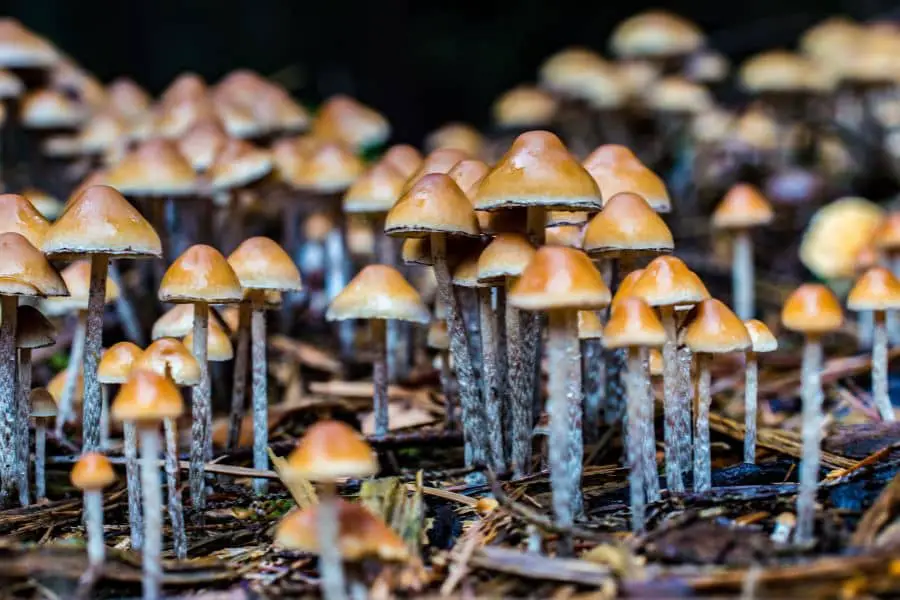
What is the growing season for the Milky mushroom?
The milky mushroom, often referred to as the summer mushroom, is a lovely, long-sized, white mushroom native to India. This is a tropical mushroom that resembles paddy-straw mushrooms.
250 to 400 C is the ideal temperature range for growing milky mushrooms. The highest yields, however, require temperatures ranging from 250 to 350 degrees Celsius. Consequently, this mushroom can be grown from March to October in India’s major states. If you are a milky mushroom grower, for increased yields throughout the summer, you can lower the temperature and raise the relative humidity.
Can mushroom be grown in winter?
Yes, mushrooms grow in the winter as well. The majority of the time, mushroom foraging is a warm-weather activity. Although the best edible mushrooms are most abundant in the spring and summer, some, like morels, are temperature-sensitive.
However, certain mushrooms grow best in the cold and won’t sprout until the temperature drops. It’s actually preferable to gather some perennial mushrooms, which are ones that grow all year when the trees are dormant. Here are some mushrooms you can find in winter
- Turkey Tail (Trametes versicolor)
- Chaga (Inonotus obliquus)
- Tinder Polypore (Fomes fomentarius)
- Birch Polypore (Fomitopsis betulina)
- Enoki (Flammulina velutipes)
- Lion’s Mane (Hericium sp.)
- Witches Butter (Dacrymyces palmatus)
- Artist’s conk (Ganoderma applanatum)
- Red-belted polypore (Fomitopsis pinicola)
- Amber jelly roll (Exidia recisa)
- Winter Oysters (Pleurotus sp.)
- Wood ear (Auricularia angiospermarum)
- Brick caps (Hypholoma sublateritium)
- Black Jelly Roll (Exidia glandulosa)
- Black Trumpet Mushrooms (Craterellus cornucopioides)
- Hedgehog Mushroom (Hydnum repandum)
- Yellowfoot Chanterelle (Craterellus tubaeformis)
- Candy Cap (Lactarius sp.)
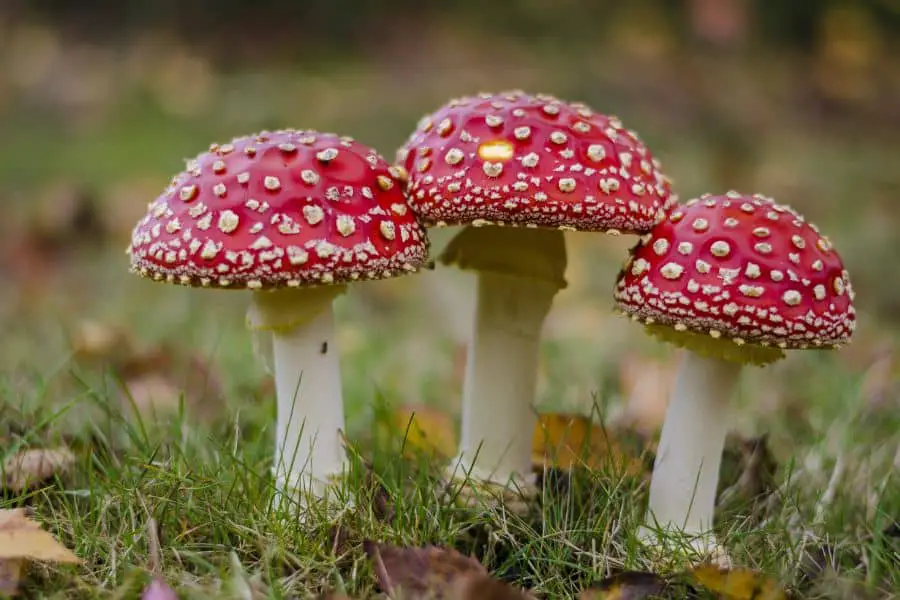
Can mushroom be grown in summer?
Yes, mushrooms can be grown in the summer. Many people associate “mushrooms” with pictures of chilly, rainy weather. This isn’t always the case, though. Some of the mushroom-forming fungi do pretty well as the summer months progress and temperatures rise, despite the fact that the majority of them do best in temperate settings like the Pacific Northwest. Some summer mushroom species include:
- Pink Oyster
- Reishi
- Antler Reishi
- Shiitake – 50–80 °F
- King Stropharia – 60–80 °F
- Phoenix Oyster – 65–75 °F
- Reishi – 70–80 °F
- Shiitake – 50–80 °F
- Garden Giant – 40 – 90 °F
How many days mushroom will grow?
The mushrooms that develop the quickest are harvested in just three to four weeks. Even the slowest mushrooms mature in a few months. Harvesting time for some popular mushrooms
- Oyster mushrooms – 14 days
- Wine cap mushrooms – 4 to 6 weeks in bags, 2 to 8 months in outdoor beds
- Shiitake mushrooms – 6 months in logs, between 8 and 12 weeks on sawdust.
- Lion’s mane mushrooms – 1 to 2 years on logs, 4 to 6 weeks in bags.
- Pioppino mushrooms – 4 to 6 weeks, grown in bags
Can a Mushroom Grow in 24 Hours?
Unfortunately, they cannot. Before mushrooms can begin to grow, a network of mycelium, or the mushroom’s roots, must be established.
Typically, this operation takes place underground, away from the public eye. Therefore, it undoubtedly creates the impression that mushrooms can appear out of nowhere overnight. Mushrooms cannot begin to grow until a substrate has been completely colonized by mycelium.
It is true that once mushrooms begin to fruit, their size can increase by a factor of two per day. Once they get rolling, the transition is extremely striking. It’s crucial to remember that weeks of growth have occurred below the surface.
Which month is best for mushroom cultivation?
For a number of reasons, spring is typically the optimum season to plant mushroom logs. First, before the buds swell in the spring, it is ideal to cut logs during the dormant season. When the daytime temperatures consistently reach 40°F or above, logs can be kept until planting.
Read Next : How Big Can Mushrooms Get? ( Huge Mushroom Is A Possibility )

